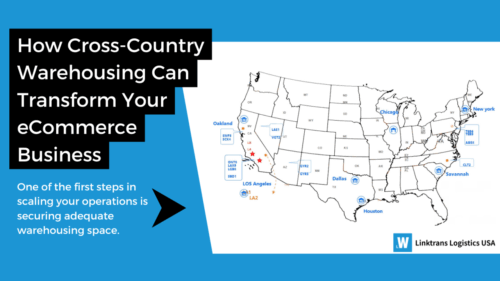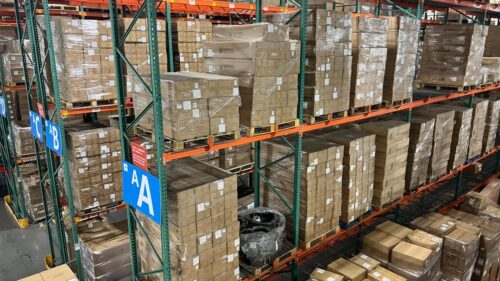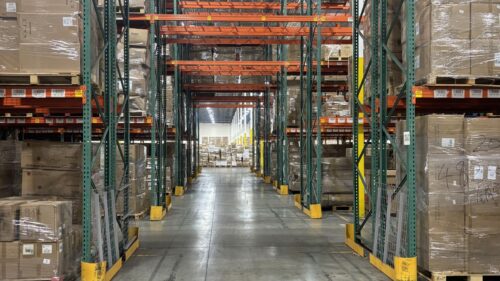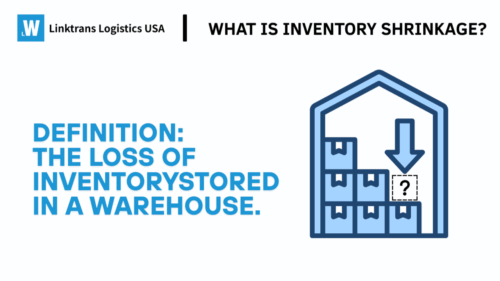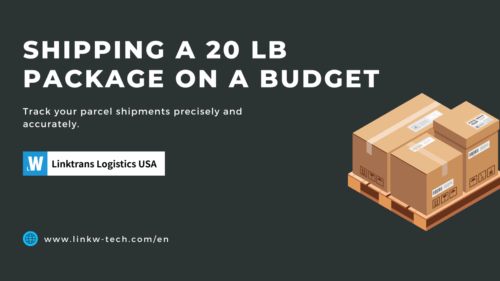-
English
-
Japanese
-
Korean
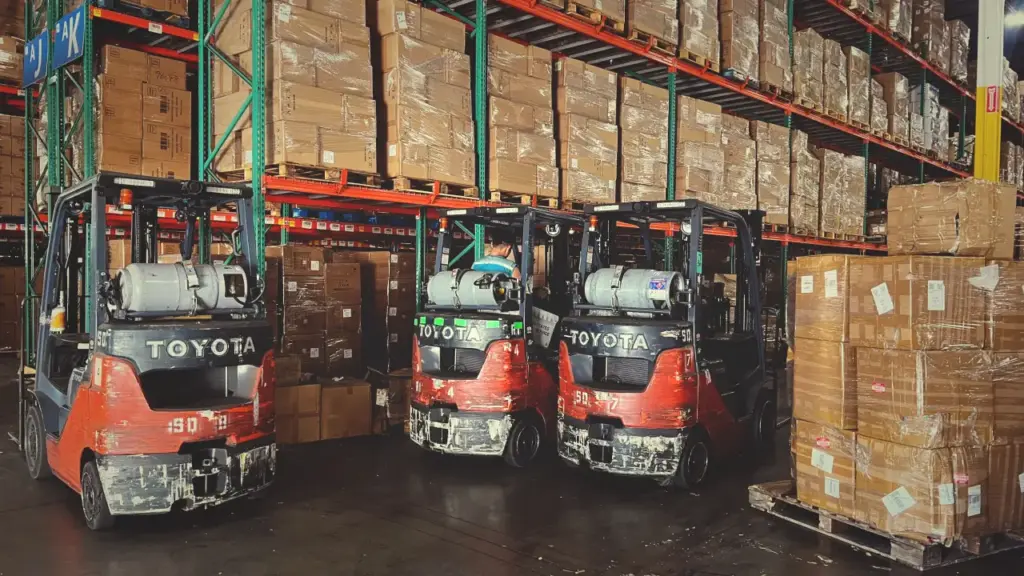
Confused about the difference between shipping and freight? You’re not alone. These two logistics terms are often used interchangeably, but understanding their distinctions can make a big difference for your business operations.
In this guide, we’ll break down the differences between shipping and freight, explain when to use each, and provide actionable insights to help you streamline your logistics strategy. Whether you’re moving small parcels or bulk shipments, this information will empower you to make smarter transportation decisions.
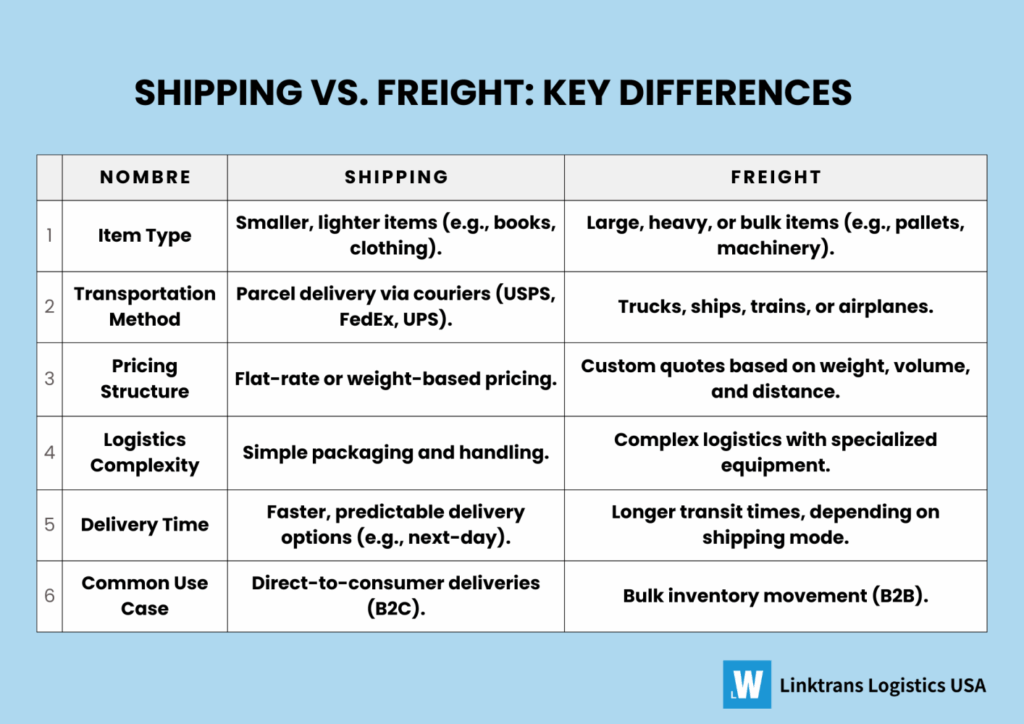
What is Shipping?
Shipping refers to the transportation of smaller, individual packages from a seller to a customer. It’s ideal for items that can be easily handled by one person and don’t require special equipment for loading or unloading.
Most businesses rely on parcel delivery services like USPS, UPS, FedEx, or DHL for shipping. This method is perfect for consumer goods, including clothing, electronics, books, and small household items.
Key Advantages of Shipping:
Speed: Shipping options range from same-day to next-day delivery, meeting consumer expectations for fast service.
Cost-Effectiveness for Smaller Items: Rates are often economical for individual packages, especially lightweight parcels.
Tracking Capabilities: Detailed tracking improves transparency and enhances the customer experience.
Flexibility: Businesses can choose from economy, standard, or express services to balance cost and speed.
Efficient shipping processes are critical for customer satisfaction. Studies show that 23% of consumers abandon their online shopping carts if delivery times are too slow—highlighting the importance of reliable shipping options.
What is Freight?
Freight involves the transportation of goods in larger volumes or sizes, typically using pallets, crates, or shipping containers. Unlike standard shipping, freight is designed for bulk or heavy items that require specialized handling and equipment.
Freight is Ideal for:
Bulk Transportation: Moving large quantities of inventory from manufacturers to warehouses or distribution centers.
Large Item Delivery: Transporting oversized goods like furniture, appliances, or industrial equipment.
Cost-Effective Long-Distance Transport: Freight can be more economical than individual parcel shipping for large-scale shipments.
Shipping vs. Freight: Key Differences
Volume and Size
Shipping carriers typically have size and weight limits—packages are capped at approximately 130 inches in combined length and girth, with weight limits around 150 pounds. Freight, on the other hand, is better suited for transporting large items or bulk inventory.
For example, individual orders of board games would use standard shipping, while a pallet of 100 board game boxes would be sent via freight.
Cost
Shipping rates are calculated based on weight, dimensions, and distance. Smaller items benefit from cost-effective pricing, especially for fast delivery options.
Freight costs are calculated by weight, dimensions, and the space occupied in the transport vehicle (e.g., per pallet or cubic foot). While freight is less economical for small shipments, it offers significant savings for businesses moving large quantities of goods regularly.
Speed and Efficiency
Shipping is faster and more flexible, with options like same-day and next-day delivery. Parcel carriers have extensive networks that ensure efficient routing and delivery.
Freight typically involves longer transit times due to the consolidation of shipments and the nature of bulk transportation. For example, expedited shipping can deliver a package across the country in 1-2 days, while freight might take 5-7 days for the same distance.
Handling and Care
Shipping is designed for individual parcels, making it suitable for most consumer goods, including fragile items when packaged correctly.
Freight requires specialized handling, often using forklifts or pallet jacks. It’s less suitable for fragile or high-value items unless special crating or packaging is used.
Intent
Shipping is customer-focused, delivering individual orders directly to end consumers. Features like tracking and delivery notifications enhance the buying experience.
Freight is more business-oriented, used for B2B transactions or inventory movement within supply chains. While it can be used for customer deliveries of large items, it often requires additional coordination for final delivery.
Is Freight a Type of Shipping?
Broadly speaking, shipping refers to the transportation of goods from one place to another. Under this definition, freight is a specialized subset of shipping that focuses on larger-scale transportation.
Understanding Freight in Relation to Shipping
Shipping as an Umbrella Term: Shipping encompasses all transportation methods, including freight.
Freight as a Distinct Category: In logistics, freight is treated as a separate category due to its scale and methods.
Mode of Transport Overlap: Both shipping and freight use similar modes of transport (road, rail, sea, air) but differ in equipment and handling processes.
Business Model Implications: Shipping often relates to B2C transactions, while freight is more commonly associated with B2B operations or bulk inventory movement.
Making the Right Choice for Your Business
Choosing between shipping and freight depends on the size, volume, and urgency of your shipments. For smaller items or direct-to-consumer deliveries, shipping is the better option. For bulk inventory moves or oversized products, freight provides cost savings and efficiency.
At Linktrans Logistics USA, we help businesses navigate the complexities of logistics, offering tailored solutions that balance speed, cost, and reliability. Whether you need individual parcel shipping or freight services, we’re here to optimize your supply chain and ensure your products reach their destination efficiently.
Let us help you make smarter logistics decisions and keep your business moving forward.




